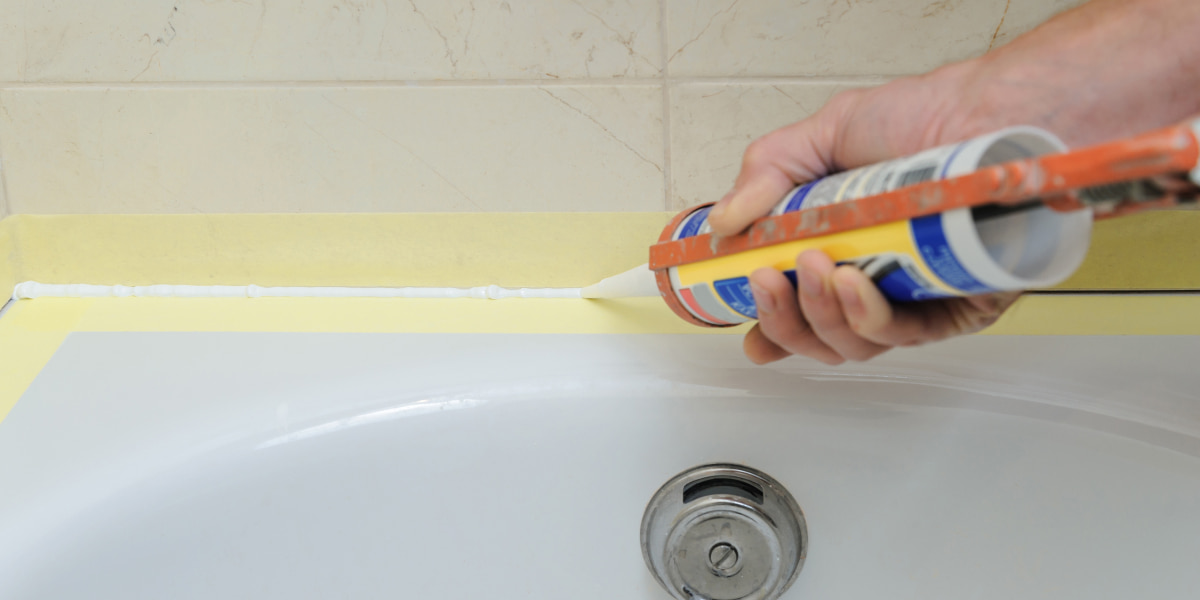Published on November 30th, 2022
Last updated on February 3rd, 2023
What Kind Of Paint To Use In The Bathroom?
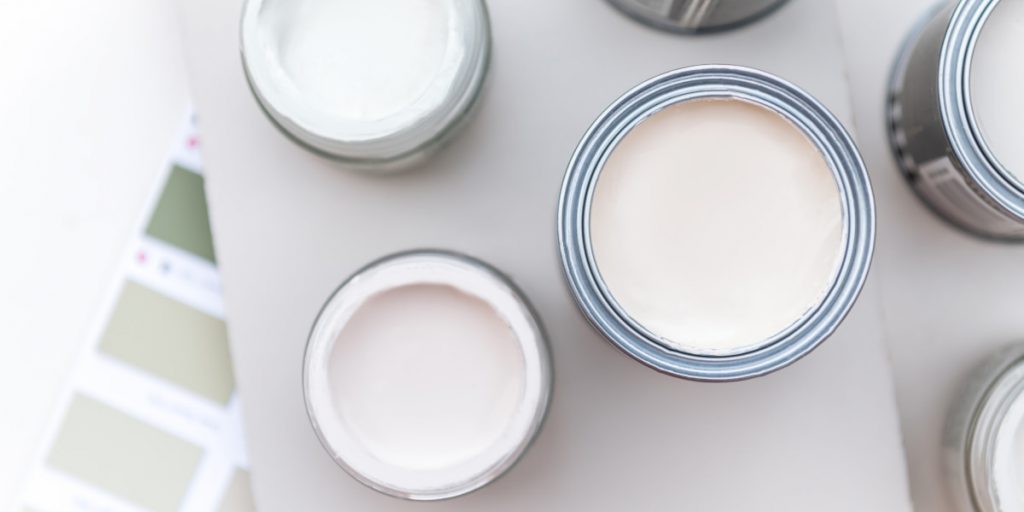
It seems that to paint a bathroom, you need only to go to the store and choose the desired shade. However, once you get to the construction market, you will face the problem of selecting a paint. It is because the choice of varnish products is highly diverse. For example, there are such bathroom paint types:
- oily;
- latex;
- acrylic;
- silicone;
- adhesive.
The bathroom differs from other rooms in its high level of humidity. Usually, splashes of water and foam on the bathroom walls leave marks we need to wash constantly. Therefore, so that you do not spoil the painted coating, it is crucial to choose wear-resistant paint. It is easy to wash off and does not leave stains on itself. So, the main thing in painting is to know what kind of paint to use in the bathroom and that it should be high-quality. Then the surface of the walls will remain beautiful and practical for a long time.
5 Best Types Of Paint To Use In The Bathroom
Painting a bathroom can be difficult due to high humidity, especially when you do it yourself without a specialist. An unsuccessful choice of paint can cause more trouble with renovating the bathroom.
Thus, you need to select moisture-resistant mixtures for the bathroom, to which manufacturers try to add antifungal agents. Of course, not all of them will be suitable because it depends on the level of condensation in your bathroom and its size. So, to determine which of them is better suited for you, let’s look at the most popular types of paint to use in the bathroom:
1. Oil paints
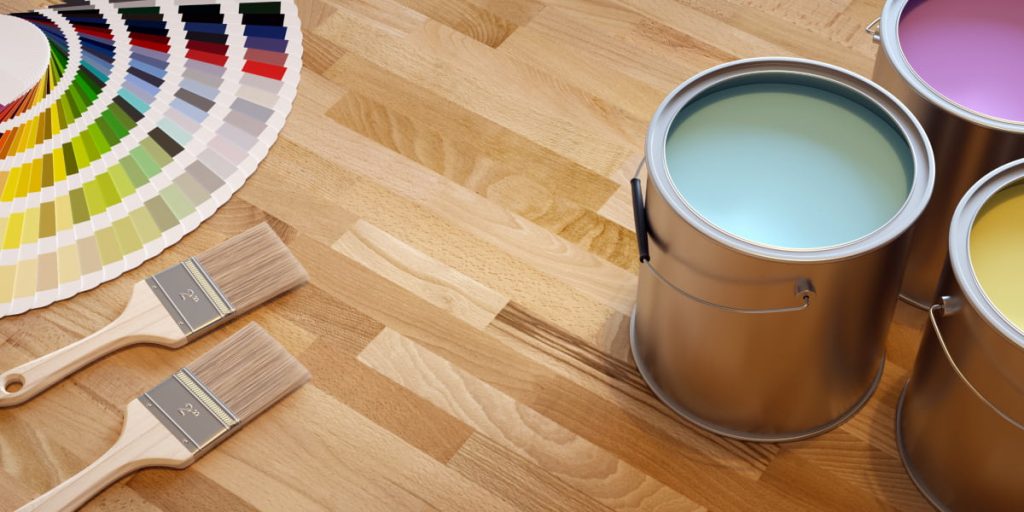
Oil paints are in great demand due to their high adhesive properties. People often use this type of paint in the bathroom to avoid repaying the walls yearly. Many modern oil paints are so durable that they can last for ten years or more, retaining their attractiveness and strength characteristics for a long time. However, like all paints, this type has both pros and cons in using:
Pros:
- Does not erase.
- Holds color well and does not get wet.
- Has a good consistency, so it is enough to apply one layer of this paint to cover the entire bathroom surface and the flaws.
- Resistant to repeated washing.
- Does not deteriorate due to cleaning agents.
Cons
- Expensive because they have a high density.
- Dries for a very long time, about 5-7 days.
- Due to sudden temperature changes in the bathroom, oil paint can crack.
2. Acrylic paint
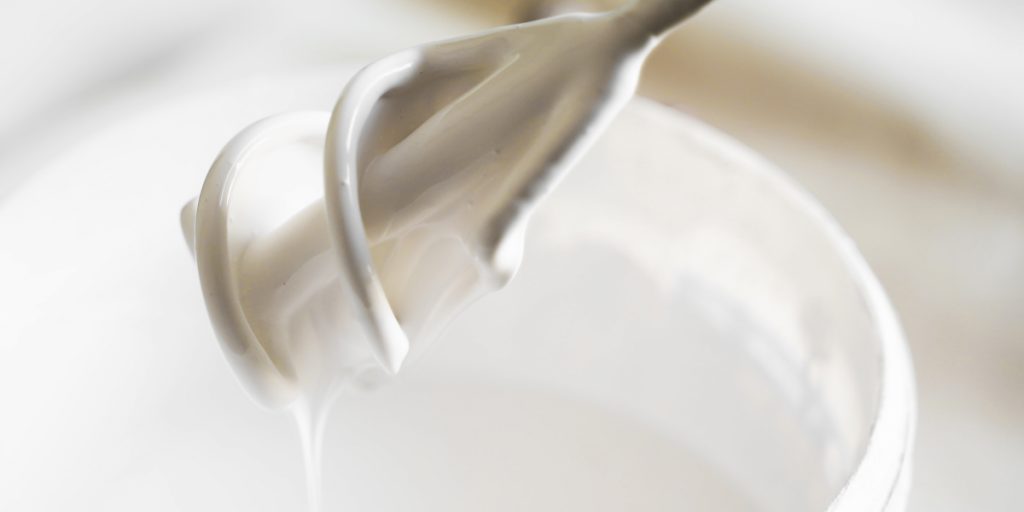
This paint is quite often used specifically for the bath. It is because, under the influence of high temperature and humidity in the bathroom, acrylic paint does not swell or crack.
In addition, this type of paint contains acrylic acid in the composition, forming a protective film on the bathrooms’ walls. That is why such a coating is durable and resistant to harmful factors.
Pros
- It is used in small quantities.
- It has low toxicity.
- It is very easy to apply.
- It dries very quickly, so you can use the bath after a short period.
- During drying, cracks and other defects do not appear.
- It has long-term preservation of shade saturation.
Cons
- It is costly because it is considered one of the best paints to use in the bathroom.
- You can’t wash the acrylic surface with products containing abrasive particles, alcohol, and aggressive chemicals.
- Sharp and abrasive objects can easily damage the paint.
3. Alkyd paint
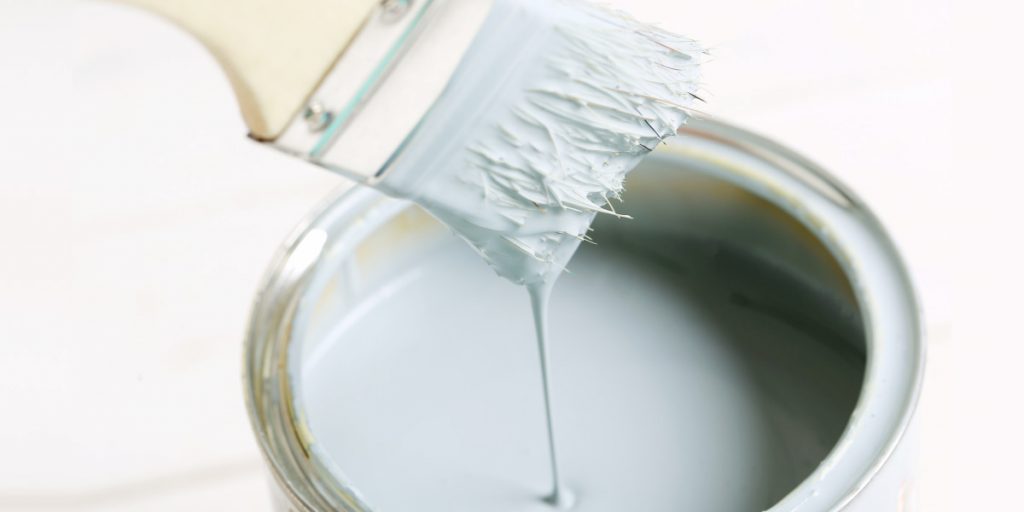
Specialists often compare alkyd paint with latex. However, the binder components of alkyd paint are resins, unlike latex. Such a composition makes the paint toxic and emits a pungent smell.
So, coloring must be carried out in a respirator and with sufficient air ventilation. However, despite this, alkyd paint is not worse than other bathroom paint types and has more pros than cons:
Pros
- Good antibacterial properties.
- Durability.
- Affordable cost.
- High strength and resistance to moisture and sunlight.
- Quick drying.
- Resistance to temperature changes.
Cons
- Air and steam tightness.
- Pungent smell and toxicity.
- Higher consumption compared to water-based paints.
4. Latex paint
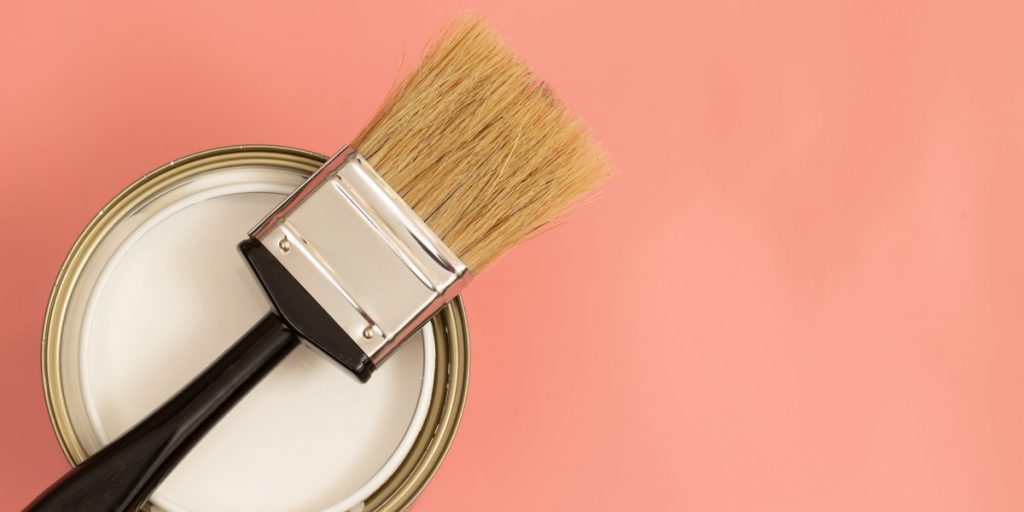
Specialists recommend this type of paint to use in the bathroom in two layers. But the walls must be perfect even before applying paint. Otherwise, a thin latex coating will only emphasize defects on the wall surface.
Thus, paint brushes and other similar painting tools are suitable for the application. In addition, before painting, the wall must be treated with an antifungal primer because latex paint does not contain an antimicrobial component.
Pros
- It takes about 20 minutes from the moment of application to complete drying.
- When applied correctly, the paint stays on the walls for a long time.
- Interior decoration will look impressive on any material.
- The latex base gives the walls different thermal insulation qualities.
- This bathroom paint type is moisture-resistant.
- After drying, alkyd paint forms a thin, strong, easily washable film. You can wash it without damaging the coating.
Cons
- Inability to hide defects on the wall surface. The thin layer formed after the coloring agent’s drying completely repeats the surface’s texture.
- Instability to minus temperatures.
- Possibility of the development of fungus or mold on the walls.
5. Silicone paint
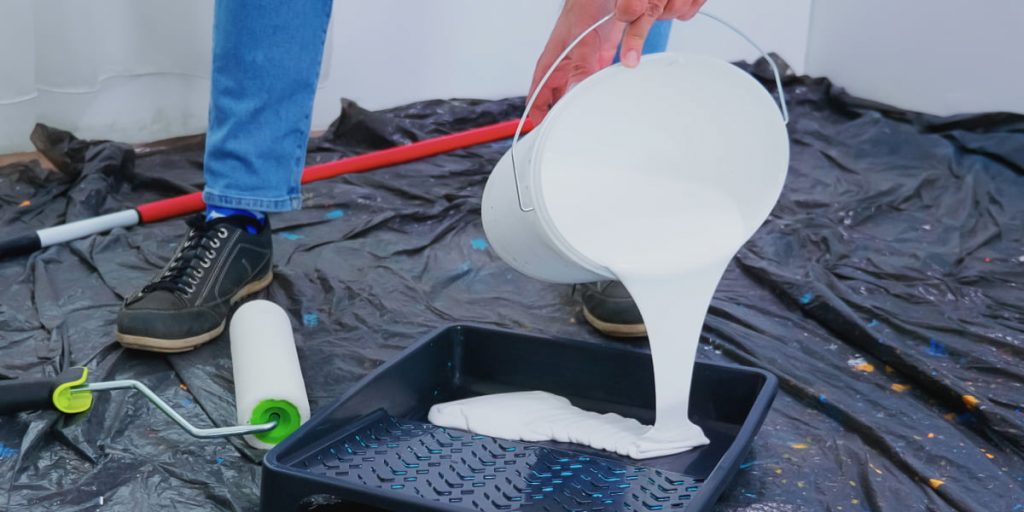
When considering what kind of paint to use in the bathroom, you should pay attention to compositions with a silicone and silicate base. This category of finishing materials is widely popular in the market due to its unique physical properties. In addition, silicone-based paint compositions are great for rooms with high humidity.
Pros
- Its coating is waterproof.
- It has resistance to mechanical damage.
- The dye can cover significant wall defects, for example, potholes and deep cracks.
- The composition forms a coating with vapor-impermeable properties on the surface of the walls.
- It has high resistance to pollution.
Cons
- Very expensive.
- Long drying time, even at room temperature.
Summary
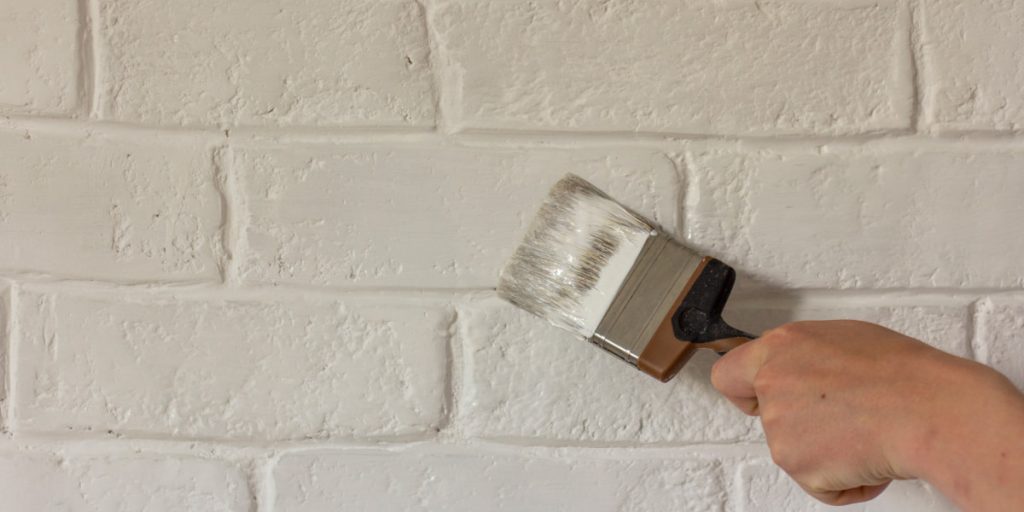
Painting the walls in the bathroom is an easy task. The main thing is to select the best paint to use in the bathroom which is not susceptible to high humidity. Also, follow the correct technique for painting the bathroom. In addition, during work, you should use the advice regarding this process and remember the paint manufacturer’s recommendations. Only in this case, the coating will be solid and durable.
FAQ
What are the essential components in the paint for the bathroom?
The paint’s binder, solvent, and resin are the most important ingredients. They provide high-quality paint that is resistant to humidity and damage. Also, such components give the paint a long-lasting color and a good look.
What color should you never paint a bathroom?
Designers recommend not using bright paint colors in the bathroom. They reduce the space and make the room strange. Therefore, it is better to use pastel, gentle shades. And if you want to highlight certain interior parts, you can add some bright ones.
Does humidity ruin the paint in the bathroom?
Yes. The color can come off if the paint does not have a protective coating or is of poor quality. It leads to mold and brown spots. In addition, it spoils the interior of the bathroom.
What paint is best for a high-humidity bathroom?
The best paints have the highest protection against humidity and a glossy coating. It includes latex, acrylic, oil paints, and so on. The main thing is that the color is durable and of high quality.


